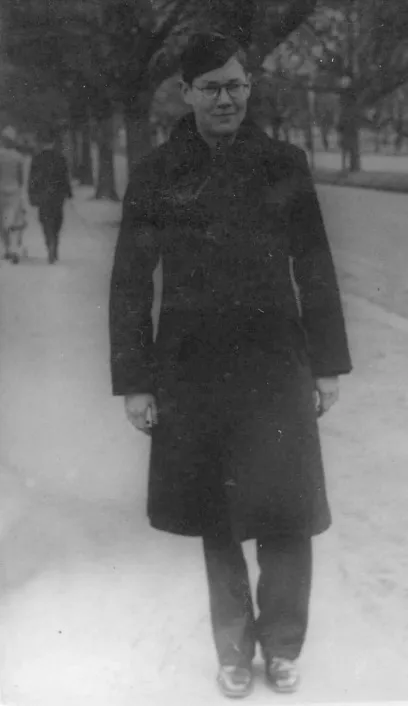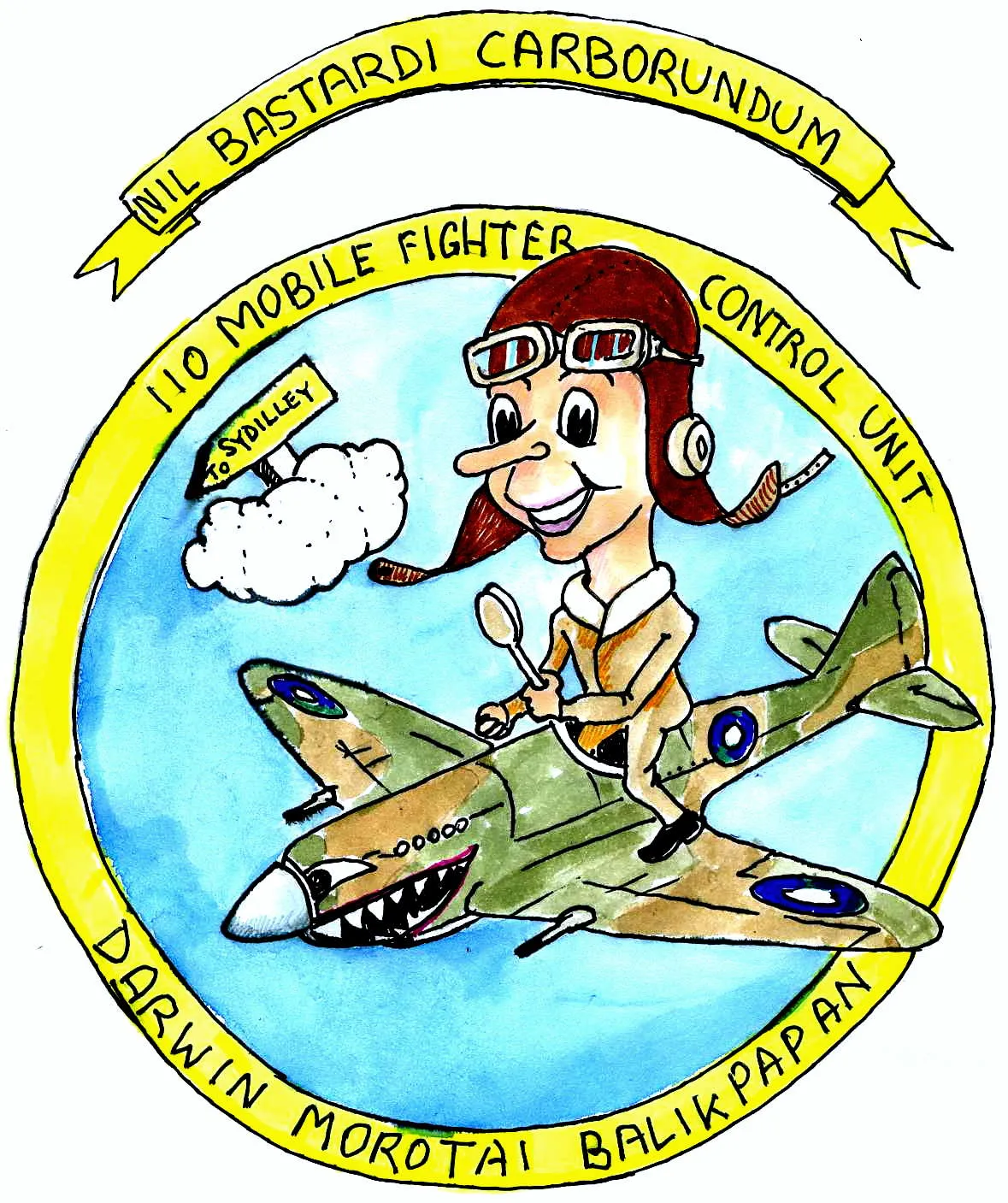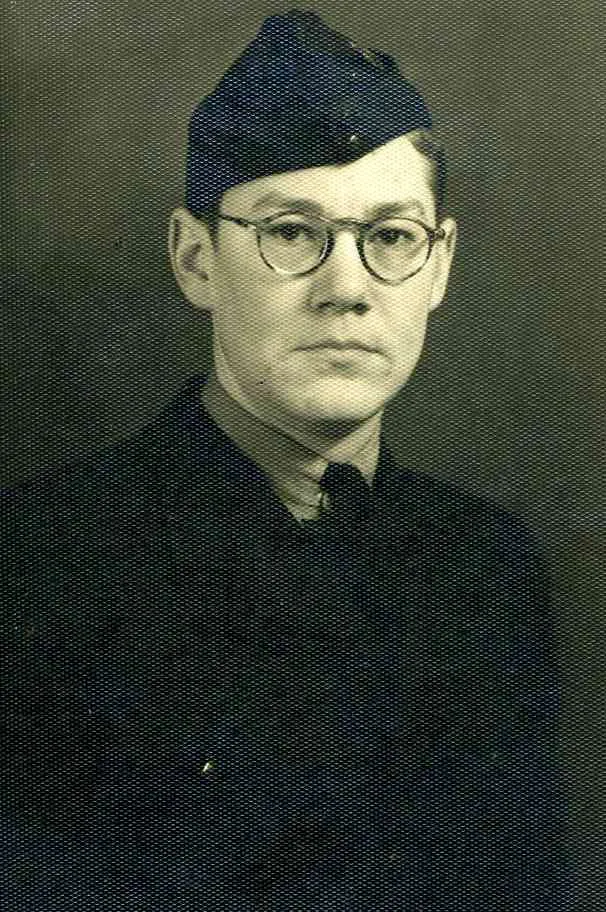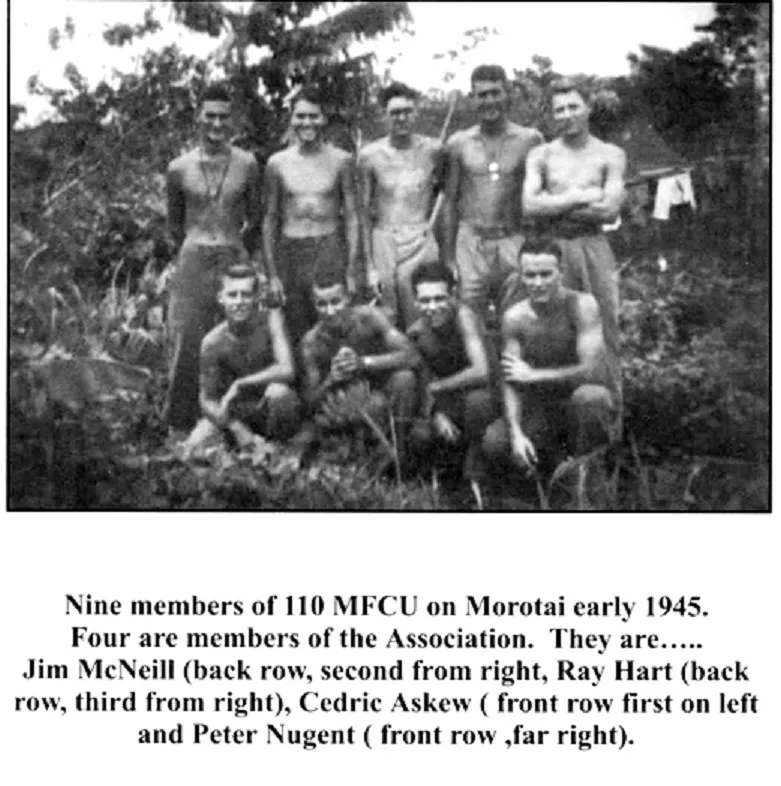LAC Raymond Jack Hart 134322
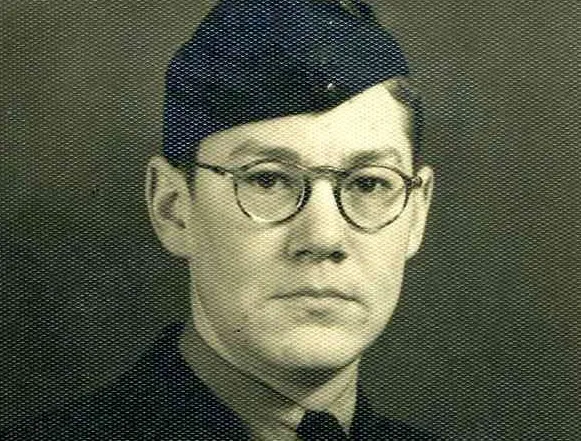


| Squadron/s | 110 MFCU |
| Rank On Discharge/Death | Leading Aircraftman (LAC) |
| Mustering / Specialisation | Wireless Telegraphist |
| Date of Birth | 12 May 1925 |
| Date of Enlistment | 25 May 1943 |
| Contributing Author/s | Brian Kille, Ray Hart and Steve McGregor Reviewed July 2013 The Spitfire Association |
Born at Rockdale, NSW, on 12 May, 1925 and raised at Banksia in a home that overlooked Mascot Aerodrome, it was little wonder that Ray was intrigued by planes. He was just over fourteen when the war broke out and had to wait until he was sixteen to join the Air Training Corps. By the age of seventeen he was rostered to take part in a regular ATC No. 28 Squadron activity and that was to spend Friday and Saturday nights on the roof of the Astor Private Hotel in Macquarie Street Sydney spotting aircraft, recording details and relaying the information to the relevant authorities.
On one particular watch they were being observed by an N.C.O. from the permanent RAAF and over breakfast at Circular Quay the next morning, he told Ray that at age seventeen and a half he could volunteer to join the RAAF Reserve with a move to the permanent ranks guaranteed when he turned eighteen. Ray followed his advice becoming a reservist on 12 December, 1942 and just under two weeks after his eighteenth birthday he received his call up notice and enlisted at No.2 Recruiting Centre at Woolloomooloo on 25 May, 1943. Because of his age and because he was employed in a reserve occupation, Ray could only complete the enlistment procedures with parental permission and a protected industry clearance.Vocational testing identified Ray as a candidate suited for duties as a Wireless Telegraphist but before he could start his specialist training he had to proceed to the Initial Training School at Tocumwal to do his "rookies". This lasted about a month and on completion Ray was sent to No. 1 Signal School at Point Cook Victoria where he commenced his W/T training in July, 1943. By the time he finished this course Ray, being under nineteen, was too young to be posted to an operational unit and therefore had to cool his heels at No. 4 P.D. Signals Office at Colonel Light Gardens Adelaide until such time as he reached the eligible age.
On 25 May, 1944 Ray was posted to No.110 Mobile Fighter Control Unit (MFCU) located at Sattler airfield on the Stuart Highway just south of Darwin. At that time, No.110 MFCU was a support unit of No. 1 Fighter Wing which included the Spitfire Squadrons No. 452, No. 457 RAAF and No. 54 RAF as well as No. 7 Repair and Salvage Unit and No. 60 Operational Base Unit. Later in June, 1944 this was restructured as No. 80 Spitfire Fighter Wing with No. 79 Squadron replacing No. 54 and with the addition of several radar units.
As the threat to Darwin diminished and the war moved north Ray, as part of No. 80 Spitfire Fighter Wing, found himself on a posting to Morotai. While the aircraft were flown there via Merauke and Biak, all other units were transported aboard the U.S. troopship "SS Mexico" which left Darwin on 16 January, 1945 and arrived at Morotai at the end of the month. While the "SS Mexico" was capable of travelling at a fairly high rate of knots, it was held back by slower ships in the convoy and this caused it to pitch and roll much to the discomfort of Ray and the other troops on board.
On reaching Morotai, No.110 MFCU was attached to the 36th American Fighter Control Squadron. Ray was most impressed by the set up of the operations centre and the quality of equipment in use. It was the first time as well that the RAAF personnel had had the experience of working with Ack/Ack and searchlight units in a combined operations room. No. 110 MFCU began full operations on 1 April, 1945 taking over the control centre from the USAF. Later at the end of May they were able to occupy the camp vacated by the Americans and this proved to be a step up in their level of accommodation as well.
However, Ray was destined not to enjoy the benefits of an improved standard of living for long. Planning had commenced for an Australian attack on Balikpapan and in June, 1945 he was deployed as a member of 110 MFCU Assault Echelon to establish an operations centre on Balikpapan. Its role was to coordinate the activities of No. 452 Squadron and to work in conjunction with the AIF’s 7th Division anti-aircraft batteries and searchlight units. The landing commenced on 1 July, 1945 and three days later Ray’s unit was fully functional and working out of an operations room located. on the beach at Balikpapan approximately three kilometres from Seppingang airstrip.
The capitulation of the Japanese on 15 August, 1945 Ray remembers as a momentous occasion although he was not able to get back to Australia from Balikpapan until October of that year. The RAAF still required his services and after eight weeks leave he was posted to No. 2 Personnel Depot, Bradfield Park where he was required to assist in the process of discharging large numbers of RAAF servicemen and women. Ray worked in the Signals Office and in his words the staff there were "…very popular with all other sections as all we were doing was taking down discharges on a landline from Eastern Area Headquarters when the teleprinters became overloaded. Although on sustenance pay (day boys) working around the clock 8 hours on and 24 hours off, we were sweet with all other sections and received special privileges from clothing store, mess, medical and dental. We were able to let them know in advance when they would be discharged. I took down my own discharge and on the final day I had everything complete except final pay and free 3 months rail and bus travel."
And Ray didn't hang about. On 1 April, 1946 with pay and transport passes in hand he was out of Bradfield Park and out of the RAAF. After a few weeks leave, Ray was back working with his old firm, exactly three years after he had enlisted.
